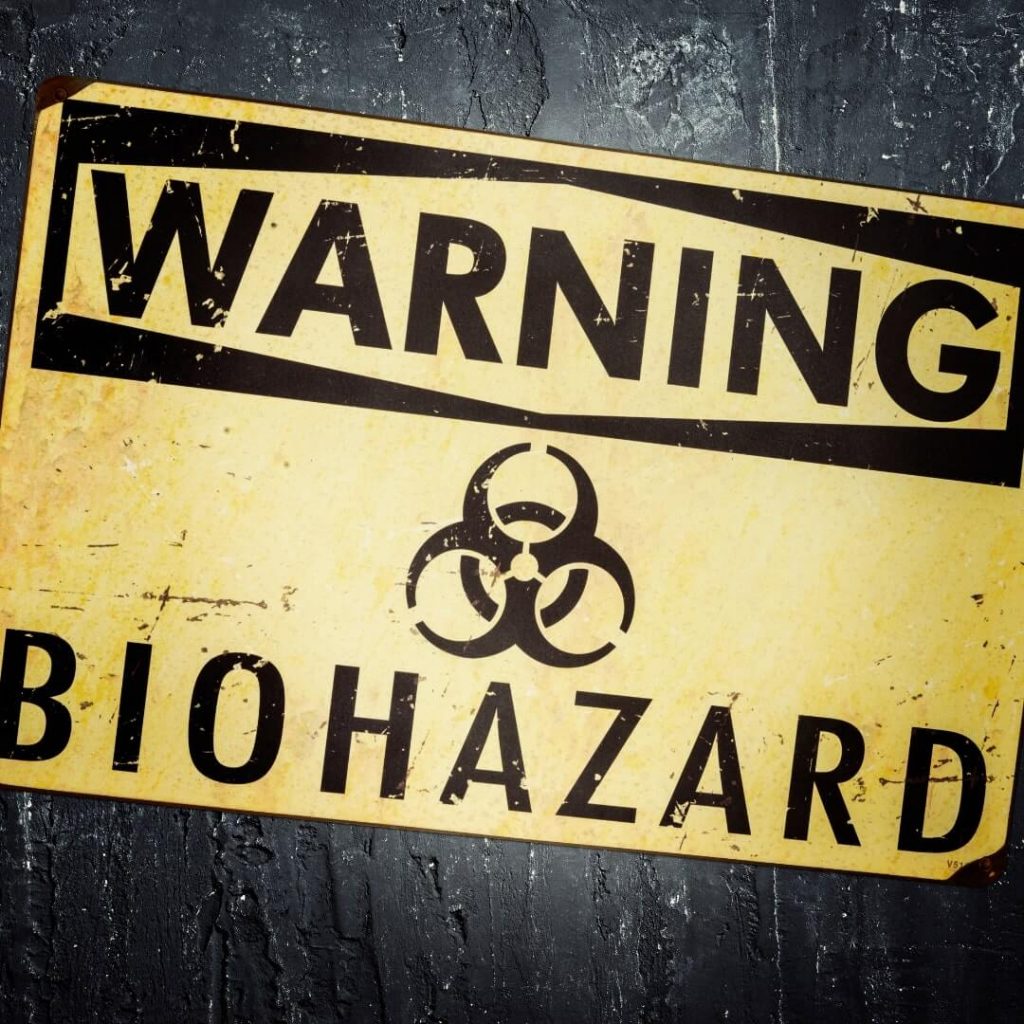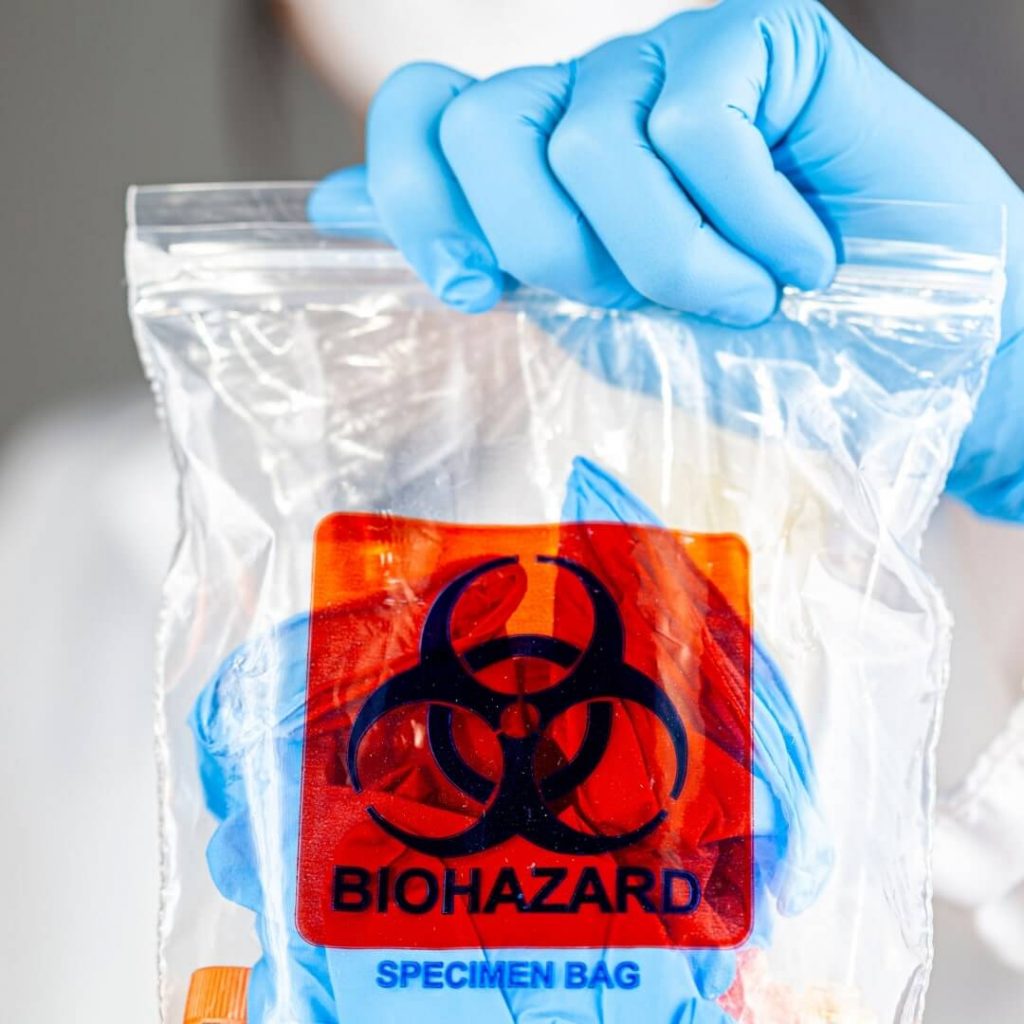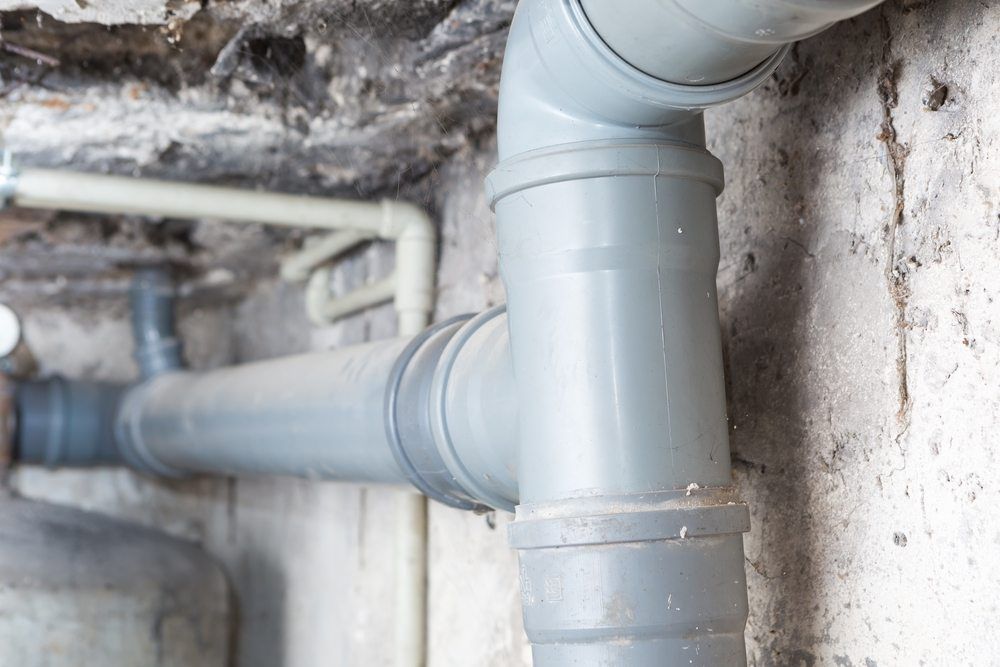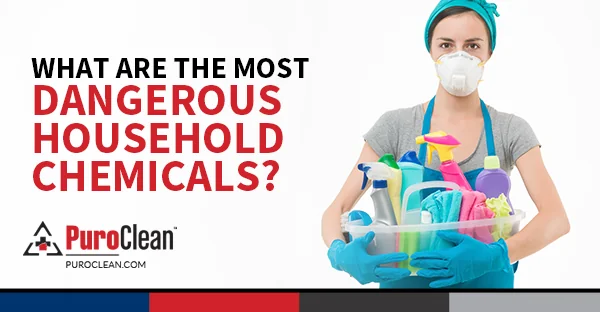Biohazard cleanup is a critical task that involves dealing with harmful substances that pose a risk to human health.
These substances, known as biohazards, can include blood, bodily fluids, and medical waste and can be found in various situations, from trauma scenes to medical facilities.
This article will guide you through the top 5 essential steps in biohazard cleanup. It’s a must-read for professionals in the cleaning and restoration industry, emergency responders, and property managers.
So, whether you’re a professional or a concerned individual, this guide is for you. Let’s dive into the world of biohazard cleanup and learn how to handle these situations safely and effectively.
Understanding Biohazards and the Importance of Proper Cleanup
In the world of health safety, biohazards present a significant challenge. These biological substances can threaten the health of humans and the environment. Proper biohazard cleanup is crucial to prevent these risks from escalating.
Biohazards are not restricted to one form. They can exist as blood, bodily fluids, and even infectious microorganisms. Each type holds its own set of dangers, making cautious handling necessary.
Failure to address biohazards correctly can lead to contamination. This impacts not only the immediate area but also beyond it, due to potentially airborne pathogens.
Let’s break down the nature of biohazards and why they demand precise cleanup.
What Are Biohazards?
Biohazards are biological materials that pose a threat. They include waste materials from hospitals, labs, and other medical facilities. Human blood and bodily fluids are also considered biohazards.
These materials can harbor harmful agents like viruses, bacteria, and other pathogens. Exposure can lead to infections, diseases, or worse, making safety precautions vital.
Understanding what qualifies as a biohazard helps in knowing when to call professionals. Proper identification is the first step toward effective management and control.
The Risks of Improper Biohazard Cleanup
If biohazards aren’t cleaned up correctly, the dangers increase exponentially. Improper handling can result in widespread contamination that can easily reach other areas, spreading pathogens.
Health risks remain high without proper procedures. Exposure to hazardous biological materials can lead to serious health issues. Not just immediate contact, but also prolonged exposure poses threats.
Incorrect cleanup can also lead to legal troubles. Regulatory bodies require strict adherence to cleanup protocols and non-compliance can result in hefty fines and penalties.
Regulatory Compliance and Legal Considerations
Biohazard cleanup is not just about cleaning. It involves legalities and regulations that one must follow. Regulations ensure that biohazards are handled safely and effectively.
Several organizations provide guidelines. OSHA sets standards for workplace safety concerning biohazards. Compliance with their regulations ensures procedures are up to mark.
Failure to comply can result in penalties and legal action. Proper documentation and adherence are crucial. They serve as proof of compliance in case of any inspections or audits.
Step 1: Initial Assessment and Safety Precautions

Begin biohazard cleanup with a thorough assessment to determine the contamination’s type and extent. Prioritize safety by identifying hazards and preparing a detailed cleanup plan that outlines necessary PPE and containment strategies. Key tasks include:
- Identifying biohazard types
- Documenting contamination extent
- Noting entry/exit points
- Evaluating safety measures
A solid assessment allows for an organized approach to the cleanup process.
Conduct a detailed examination of the area for visible contamination and hidden risks using appropriate tools. This helps establish a safe cleanup foundation.
Select appropriate PPE (gloves, masks, goggles) based on risks to protect cleanup personnel from exposure.
Establish barriers to prevent unauthorized access to the contaminated zone and minimize further exposure.
Step 2: Containment to Prevent Cross-Contamination
Containment is essential to prevent the spread of contaminants. Quickly implement containment measures using barriers like plastic sheeting and caution tape.
Segregate the contaminated area from clean spaces by creating clear barriers to protect individuals.
Set up a decontamination zone for workers to remove and dispose of contaminated gear, equipped with essential hygiene materials.
Step 3: Removal and Disposal of Biohazardous Materials
Carefully handle and dispose of biohazardous materials to ensure safety and adhere to regulations. Key tasks include:
- Identifying and categorizing materials
- Using tools for safe removal
- Following disposal regulations
Prioritize safety by minimizing direct contact with hazardous materials, using tongs or shovels as needed.
Ensure disposal methods comply with legal requirements, utilizing options like incineration or autoclaving.
Maintain accurate records of the cleanup and disposal process for compliance and future audits.
Step 4: Cleaning, Sanitizing, and Deodorizing the Area

After material removal, clean surfaces thoroughly to eliminate any remaining hazards. Steps include:
- Using EPA-approved cleaning agents
- Sanitizing surfaces to kill pathogens
- Deodorizing to eliminate lingering odors
Select suitable cleaning agents for each surface to prevent contamination spread during cleaning.
Apply agents to ensure pathogens are reduced to safe levels and disinfect to kill harmful microbes.
Utilize specialized products to effectively neutralize odors and restore comfort to the area.
Step 5: Verification and Restoration of Safety
Confirm the safety of the area with final inspections and testing for remaining hazards. Steps include:
- Conducting thorough area inspections
- Testing for pathogens
- Documenting verification results
Inspect to ensure all cleaning measures are effective and no hazards remain, potentially involving surface or air quality tests.
Address any structural damage by removing contaminated materials and repairing affected areas to ensure safety and integrity.
The Critical Role of Professional Biohazard Cleanup
Biohazard cleanup is not just about removing visible waste. It requires expertise to manage unseen risks. Professionals ensure thorough cleaning with minimal health hazards. Their role is vital for restoring safe environments.
Engaging professionals means compliance with regulations. They follow the best practices for hazardous waste removal. Their experience handles even the toughest biohazard scenarios. It reduces stress for those affected and ensures a rapid, safe resolution.
The Value of Expertise in Trauma Scene Cleanup
Experts bring a wealth of knowledge to trauma scene cleanup. Their specialized skills make a challenging task feasible. They handle sensitive situations with care and proficiency.
Ensuring Health and Safety for All
Prioritizing health and safety is paramount in cleanup efforts. Professionals ensure environments are safe for everyone. Their thoroughness protects against lingering biohazard risks.
For expert biohazard cleanup services in Powhatan, contact PuroClean of Richmond today!




 PuroClean Restoration Professionals
PuroClean Restoration Professionals